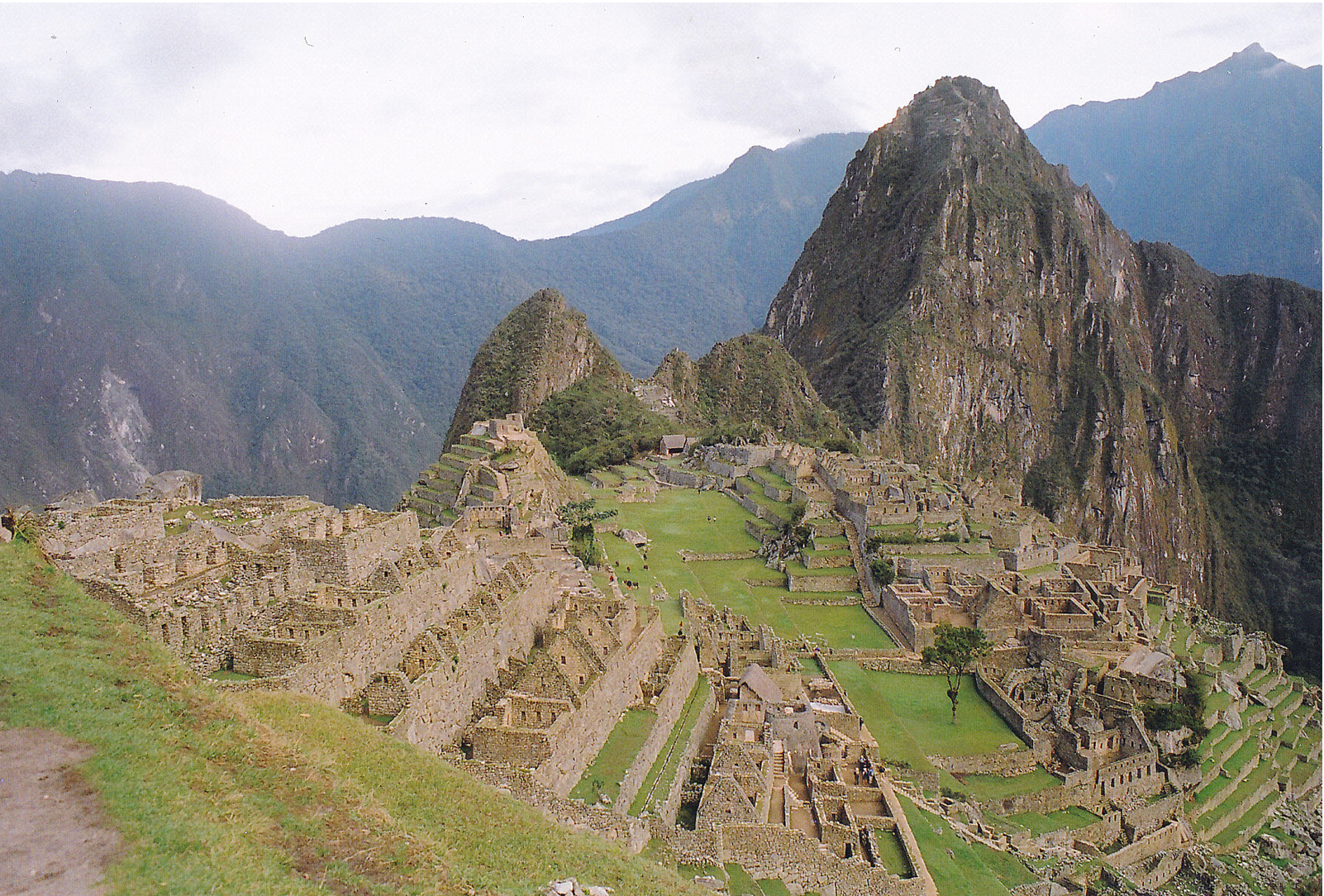Written by Claire Arp
Introduction
Conventional wisdom would tell you that a planned economy is doomed to fail. This belief is based on the failures of the communist states of the 20th century which used the Soviet model of centrally planned economies. This is a rather limited view and is telling as to how economics often gets stuck looking at the most recent history. Economists sometimes forget that there are thousands of years of human history to analyze. Consider the Incan Empire (known to its descendants as Tawantinsuyu). The Incan economy is arguably one of the most extreme examples of a planned economy in history. The authority of the Sapa Inca extended over 770,000 square miles (Turchin) of the Andes mountains, and yet his power was rarely challenged. While much of the quantitative data usually required for modern economic analysis is not available for the Incas, reliance on quantitative methods should not inhibit the expansion of economic knowledge. Economics is a social science, after all, and economists should not be scared of a bit of qualitative analysis. So: what might the field of economics learn about the nature of command economies by analyzing the successes of the Inca?
The Incan economy appears very strange when one examines it from the perspective of a modern capitalist market economy. It existed somewhere in between an authoritarian command economy and a communist utopia (communist in the classical sense of a ‘communist society’, not in reference to a Marxist-Leninist state). Incan society had no common form of currency and no markets, meaning that labor was the most readily available method of economic exchange. Therefore, this article will focus on explaining and analyzing types of labor in the Incan economy. There were three main types of labor in the empire: Waje-waje, Minka, and Mit’a (Shimada). Understanding what these mean and how they were used is the key to understanding the Incan economy and how it survived the harsh conditions of the Andes.
The Local Economy: Waje-Waje and Minka
Indigenous Andean civilization has a concept called Ayni, which refers to the connection and reciprocity between all things and the practice of mutual aid (Mannheim). Ayni was a strongly held cultural value throughout the Incan empire and acted as the motive for production, much like the profit motive in a capitalist economy. This is where comparisons to communist theory shine; the engine of the Incan economy was not the motive of personal gain but instead the expectations, enforced by moral and cultural belief, of mutually beneficial cooperative labor. The foundation of the entire Incan system was labor motivated by Ayni, referred to as Waje-Waje.
The basic socioeconomic unit of the Inca was the Ayllu, a kinship group ranging in population from a dozen to thousands (Shimada). Ayllus were a pre-existing structure that was folded into the new Incan system, led by an Incan-appointed Curaca. Much of the Ayllu-level farming and basic production was facilitated by Waje-Waje labor, as was the maintenance of local infrastructure like irrigation. This type of communal labor is better known to Americans as the practice of ‘barn raising’ which is still practiced in Amish communities. This concept defies the traditional economist’s common idea of economic motivation. Individuals are not rewarded for their labor in money, goods, or services. Instead, they are rewarded with the guarantee of future mutual assistance and social standing.
Ayllus were not, however, perfectly egalitarian societies. Curacas and families of higher status often had access to better land and more diverse resources (Shimada). Within the power structure of the Ayllu was the Minka labor. Minka was still rooted in the cultural value of reciprocity, but was fundamentally different from Waje-Waje because it was performed within an unequal distribution of power. In return for the labor of the commoners, Curacas and other local elites would distribute rarer resources (Shimada). Local elites would often have commoners work their fields for them, freeing them up to pursue other things. Minka labor laid somewhere in between the equitable exchanges of Waje-Waje and the old world’s feudal tribute systems. Along with Waje-Waje, the Minka labor made sure that each Ayllu was, at least at a basic level, self-sufficient.
Mit’a Labor and State Power
The other major form of labor was Mit’a. Like many emperors, the Sapa Inca asked his subjects to pay a tax. Instead of money (as the Inca had no widespread form of currency) or goods (the taxation of which would be a logistical nightmare), the Sapa Inca implemented a labor tax (D’altroy). Each Curaca was responsible for keeping track of every taxpaying household in the Ayllu. The system was simple: once an individual had completed the labor required to tend to one’s own affairs and fulfill their Mink’a obligations, they paid taxes in the form of the rest of their year’s labor. This labor was used on the Incan elites’ estates, providing the Inca great amounts of material wealth without needing to directly tax resources from Ayllus. In return, the Inca would provide the Ayllus with infrastructure, protection, and economic support in times of hardship. The Mit’a was essentially the same as the Minka, just scaled up to an entire empire.
There were many (up to 40) types of Mit’a, most of which could be requested of any individual depending on the needs of the Empire. All state actions were performed by Mit’a labor — the famous Incan roads, for instance, were built and maintained in segments by Mit’a labor sourced specifically from the local population. Mit’a labor also built and maintained the secondary infrastructure around the roads, such as the messenger waystations known as Tambos and the Qullqa storehouses that were the backbone of the system of resource distribution. Other tasks performed by Mit’a included mining, fishing, farming the Inca’s private estates, delivering messages, transporting goods, and military service. There were two special types of Mit’a labor that required extensive training: craftsmen and the chasqui (a class of elite messengers). Either of these types of Mit’a exempted one from all other types of Mit’a as well as the Minka, as they worked directly for the state (Rowe). Over time, this type of specialized state-owned labor became a larger and larger portion of the empire’s workforce, a result of both an increase in economic and technological complexity and of the state’s consolidation of power away from local lords.
Notably, a Caraca was responsible for ensuring that each laborer had enough time off of the Mit’a to maintain his responsibilities in the community and to his family; through the Caraca, the Mit’a would never actually ask of a laborer more than he could provide. The Mit’a may have been forced labor, but the Sapa Inca understood that the key to the realm’s stability rested on the prosperity of the Ayllus.
Conclusions
We can learn a few things from the labor relations of the Incas, but the key takeaway is that communal labor can, in fact, scale up so long as there is a sociological force that encourages cooperation (such as a common religion or culture). It’s long been known that when small kinship societies first form, they nearly always end up forming a reciprocal and communal economy. One of the biggest criticisms of this approach to economics has been that it’s simply not scalable — once your community gets big enough the empathy and trust that a mutualist economy relies on weakens. The Incas show us that using societies built on communal labor as the fundamental unit of a broader economy can be very effective at reducing the need for government micromanagement of simple production. This comes with the caveat that a planned economy needs to have flexibility worked into it to allow officials at the community level to adapt the state’s quotas to the circumstances on the ground; this is where other attempts at command economies often go astray
The single greatest issue a planned economy faces is one of information. A planned economy requires fallible humans to deal with determining the production and prices of every single good and the needs of every part of the country. The Incan empire found real solutions for these problems. By trusting local officials to make good situational production decisions, being flexible with quotas, providing all the necessary resources communities needed but couldn’t produce domestically, promoting cooperation and community, and investing heavily in infrastructure and communication, the Incan empire was able to build one of history’s most successful planned economies. The Incan state may have only existed for a bit more than a century before the arrival of the Spanish, but today its influence can still be felt and lessons can still be learned from it.
Works Cited
D’Altroy, Terence N., et al. “Staple Finance, Wealth Finance, and Storage in the Inka Political Economy [and Comments and Reply].” Current Anthropology, vol. 26, no. 2, Apr. 1985, pp. 187–206, https://doi.org/10.1086/203249.
Shimada, Izuma. The Inka Empire: A Multidisciplinary Approach. University of Texas Press, 2015.
Mannheim, Bruce. “The Language of Reciprocity in Southern Peruvian Quechua.” Anthropological Linguistics, vol. 28, no. 3, 1986, pp. 267–73, https://www.jstor.org/stable/30027956.
Turchin, Peter, et al. “East-West Orientation of Historical Empires and Modern States.” Journal of World-Systems Research, Aug. 2006, pp. 219–29, https://doi.org/10.5195/jwsr.2006.369.
Rowe, John H. “Inca Culture at the Time of the Spanish Conquest,” in Handbook of South American Indians, vol. 2 (1946), pp. 183-330


